The FTZ Guide: Everything To Know About Foreign-Trade Zones
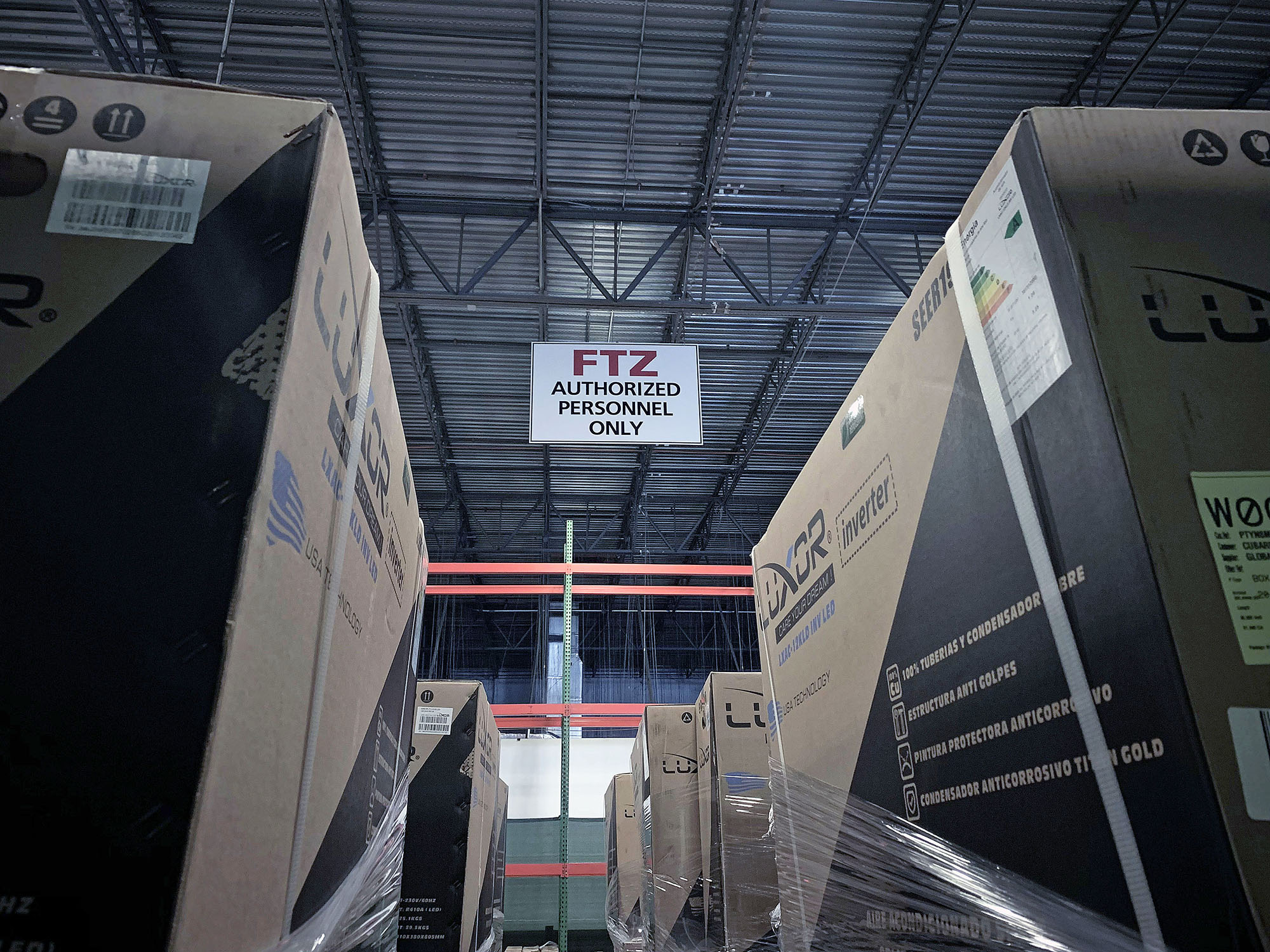
Crowley Logistics
The FTZ Guide: Everything To Know About Foreign-Trade Zones
Since Congress signed the concept into legislation in the Foreign-Trade Zones Act of 1934, Foreign-Trade Zones (FTZ) have been used to empower American companies to compete more effectively in an increasingly globalized economy. Located in or near CBP ports of entry, they are the United States’ version of what are known internationally as free-trade zones.
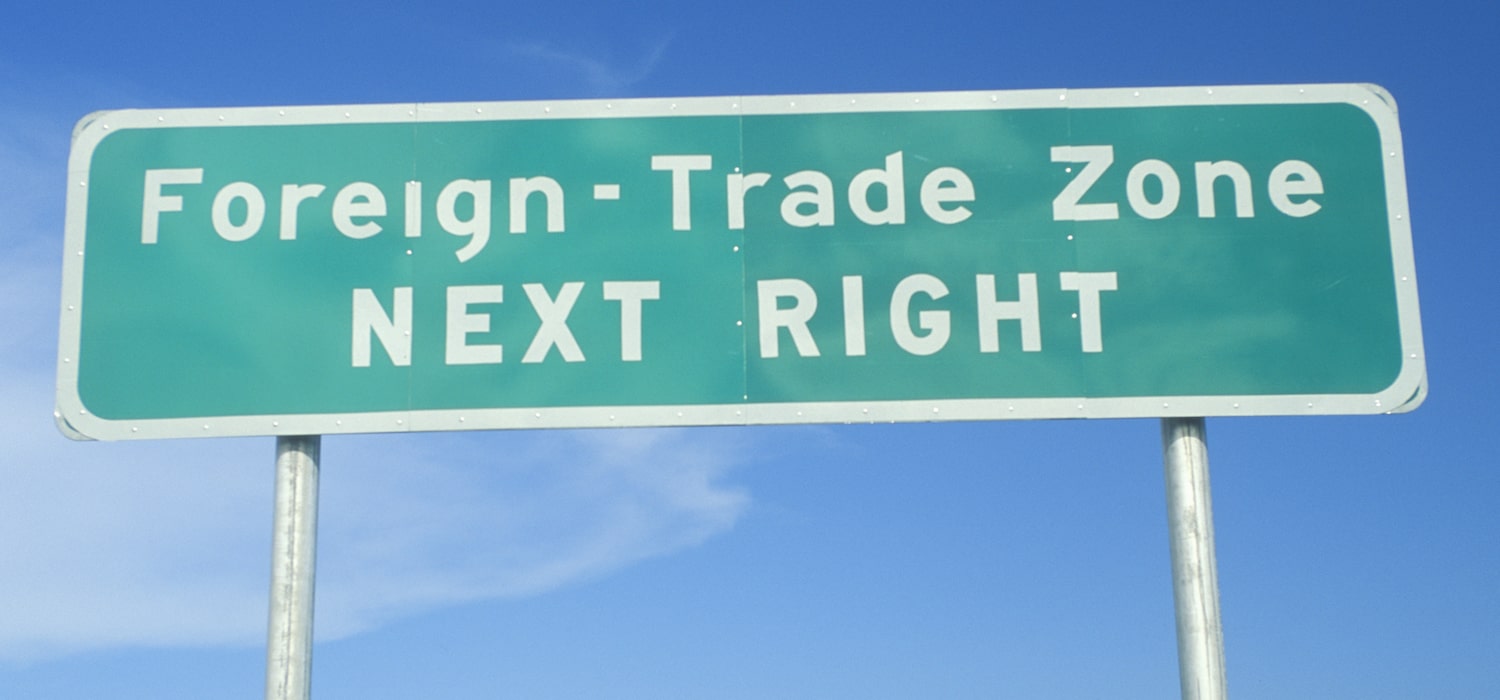
Put simply, a Foreign-Trade Zone is a designated location on U.S. soil—typically at or near a Port of Entry—where incoming goods are handled, manufactured and re-exported without U.S. Customs and Border Protection (CPB) intervention.
In an FTZ, both foreign and domestic merchandise is treated as international commerce that is outside the jurisdiction of U.S. Customs, allowing for increased freedom of movement for goods and people, streamlined administrative procedures and more efficient free trade.
The Foreign-Trade Zone concept was succinctly summarized by U.S. Rep. Emmanuel Celler (D-N.Y.), one of the earliest FTZ champions in Congress, as being “a neutral, stockaded area where a shipper can put down his load, catch his breath and decide what to do next.”
How many FTZ operations are there?
According to the Foreign-Trade Zones Board’s 2019 Annual Report, nearly 350 active FTZ production operations are currently in place across the U.S., employing approximately 460,000 people and importing more than $767 billion in shipments.
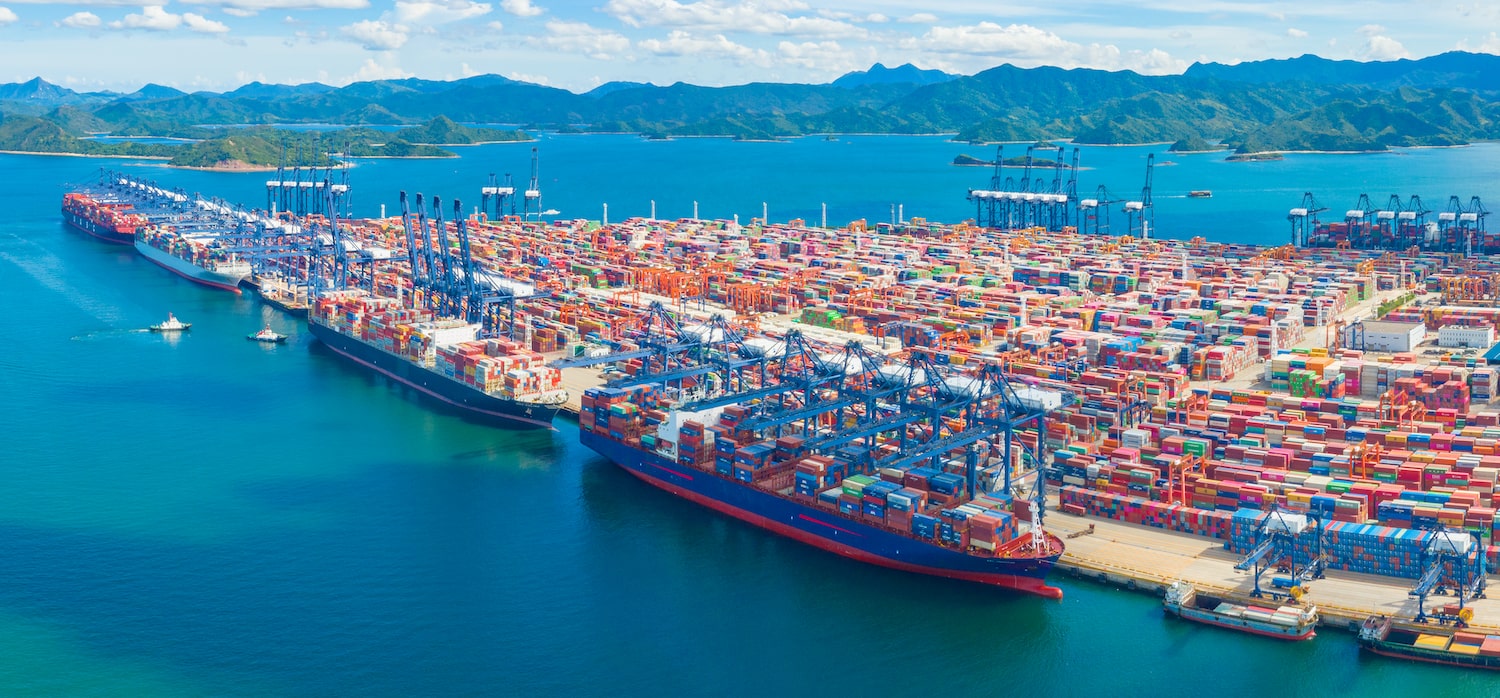
Permitted Activities in Foreign-Trade Zones
Foreign-Trade Zones operate under the oversight of the Foreign-Trade Zones Board, which allows for any merchandise that is not expressly prohibited from U.S. entry to be admitted into an FTZ. Activities allowed in an FTZ include assembly, exhibition, cleaning, mixing, processing, relabeling, repackaging, salvage, repair, sampling, testing, storage and display of merchandise. The FTZ Board must specifically authorize production activity, which is defined as the substantial transformation of a foreign article or an activity that changes the condition of an article to such an extent that its customs classification or eligibility for entry into the U.S. for consumption is also changed. Retail trade is not permitted in Foreign-Trade Zones.
While FTZs are designated as international commerce sites, they remain within the jurisdiction of all applicable local, state and federal agencies, which may still require import licenses or permits for activities within the FTZ. If a product is determined to be harmful to public safety or health, or if FTZ facilities do not meet storage and handling requirements, the FTZ Board may exclude it from entry.
Benefits of Foreign-Trade Zones
Foreign-Trade Zones offer a variety of benefits, both to individual companies and the public as a whole. These benefits may vary among FTZs, but often include:
When merchandise is in a Foreign-Trade Zone, customs duties and federal excise taxes may be deferred until the goods exit the FTZ and enter the territory of U.S. Customs. There are no time limits for how long merchandise can remain in the FTZ, giving businesses flexibility in paying the required taxes and duties.
Goods destroyed within an FTZ are exempt from duties and quota charges on re-exports, so companies with fragile merchandise or processes that generate significant amounts of scrap can benefit from using an FTZ.
When merchandise is manufactured or otherwise processed in the FTZ, the final product may be subject to a lower duty rate than it would have in its original condition. Labor, overhead and profit from FTZ production are also exempt from duty charges.
Companies pay a merchandise processing fee (MPF) on goods entering U.S. Customs territory. FTZ users may submit a single entry for all merchandise shipped from the Zone within a seven-day period instead of submitting a single file for each individual shipment, which can help reduce costs. Streamlining entry filings can also result in reduced brokerage fees.
Imports subject to quotas can be held in a Foreign-Trade Zone if the quota for that item has already been reached for the given year, allowing Zone users to admit the merchandise once the new quota year begins. FTZ users may also be able to alter or manipulate the merchandise into a category that is not subject to the same quotas as the original product.
Streamlined logistics in Foreign-Trade Zones can translate into lower insurance and transportation costs for U.S. companies; they can also lead to enhanced inventory control, stronger security and improved compliance with Customs and Border Protection requirements.
The benefits of Foreign-Trade Zones aren’t limited to individual companies or specific industries; they benefit the U.S. public in a variety of ways, including:
- Facilitating and expediting international trade
- Promoting and facilitating exports
- Helping U.S. businesses compete more effectively against foreign manufacturers
- Encouraging retention of domestic businesses
- Enhancing local and state economic development programs
- Creating new jobs
Examples of Foreign-Trade Zones
Though Foreign-Trade Zones have been established in every U.S. state and several territories, some states have much more active FTZs than others. In terms of merchandise received, the most active Foreign-Trade Zones in 2019 were located in Texas, California, Louisiana, Illinois and Tennessee. Foreign-Trade Zones with the highest export activity were located in Texas, Louisiana, California, South Carolina and Puerto Rico.
Below are three examples of successful Foreign-Trade Zones:
City of Palmdale, California
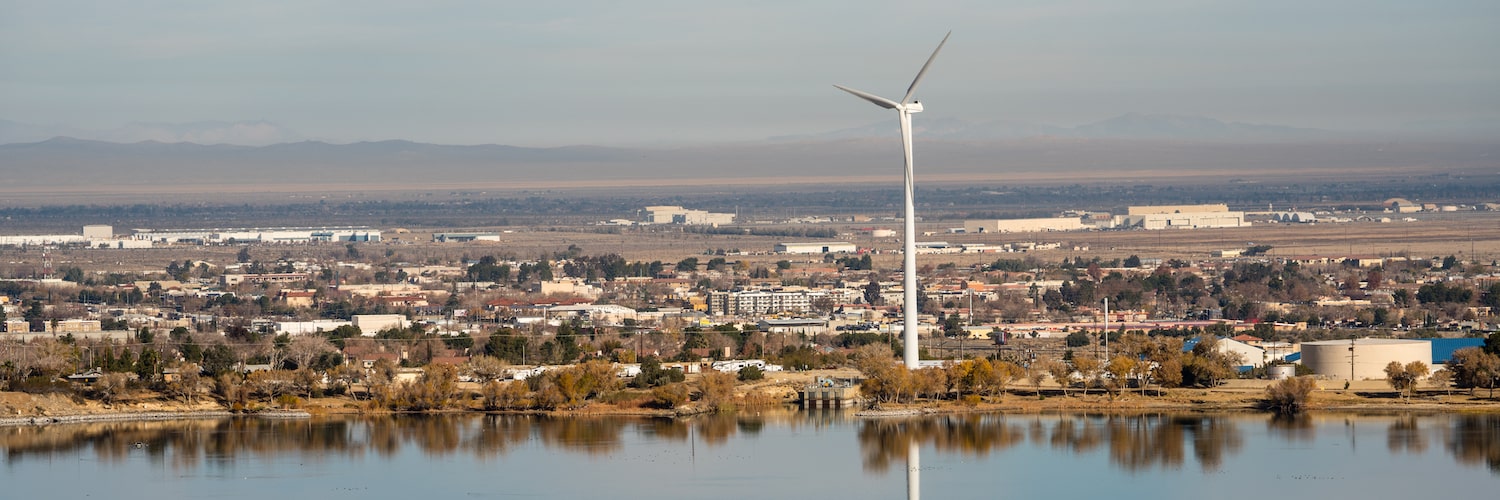
At this FTZ, imported electronics like headphones and speakers are combined with other components to manufacture computers, which are exported to foreign markets, eliminating the duties the manufacturer might otherwise have to pay.
State of Texas
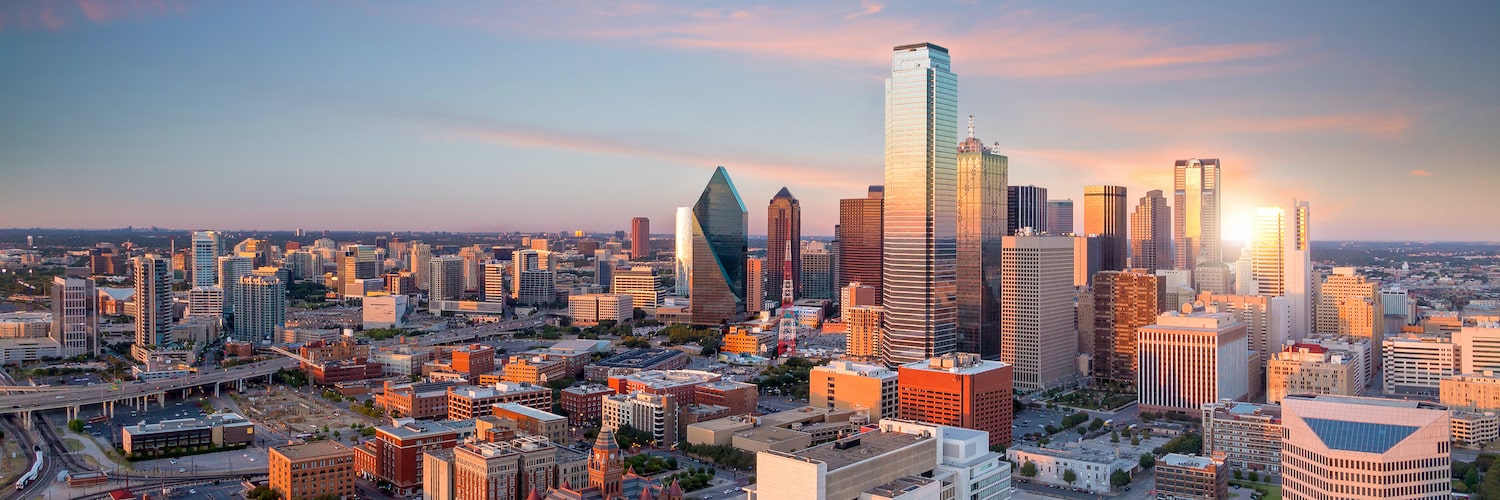
Cars from Germany, Japan and Korea arrive at FTZ 113 and won’t be charged a tariff until they are released for transport to dealerships, saving auto manufacturers money and creating jobs and revenue at American companies.
Port of Seattle
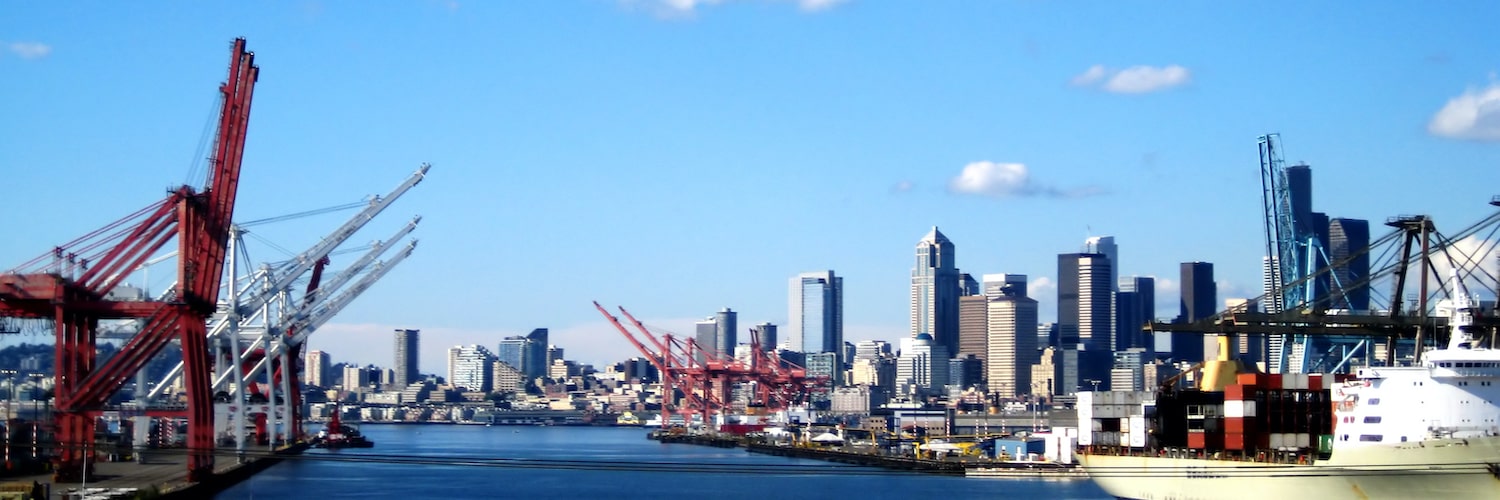
Clothing manufacturer Tommy Bahama repurchased its product licensing from Canada and combined its distribution facilities into a single location within this FTZ, generating cost savings, inventory control and additional local job opportunities.
Establishing Foreign-Trade Zones
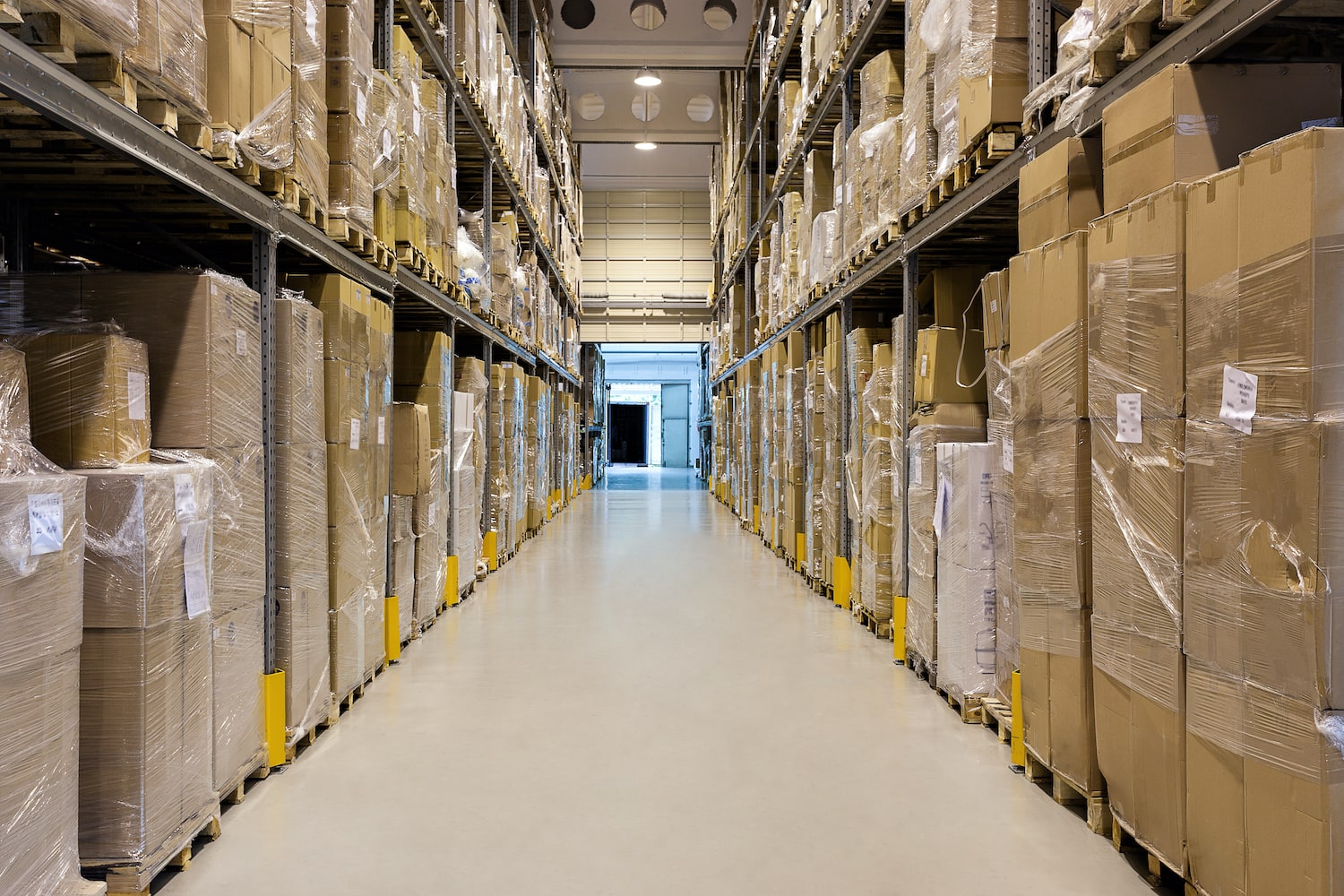
The Foreign-Trade Zone program can benefit U.S.-based import and export companies by helping them save on taxes, cut transportation costs and reduce financing charges. However, there are initial start-up costs and other resource investments required to establish an FTZ, so businesses must carefully weigh the potential costs and benefits before deciding to pursue this approach to doing business.
Businesses considering a new FTZ should conduct an assessment of international trade in the area to determine whether a need exists for local companies and whether an existing Zone adjacent to a port of entry can sufficiently meet those needs. The Foreign-Trade Zone Board will only approve the creation of a new FTZ if the applicant can prove that existing Zones cannot conveniently meet the needs of commerce in the area.
It may take up to a year after the FTZ Board reviews the application to get an FTZ up and running, and U.S. Customs and Border Protection requires proof of substantial security and inventory control measures to ensure accurate real-time tracking of merchandise moving into and out of the Zone. The operator of the FTZ is responsible for accounting for any goods that leave the zone and ensuring that the required duty is paid. Inventory that is not properly accounted for can result in heavy fines on the FTZ operator.
Utilizing Alternative Site Framework
When establishing a new FTZ would be cost-prohibitive or an inefficient use of other resources, businesses may use the recently-established Alternative Site Framework (ASF) to join an existing Zone. Under the ASF, entities that have already been granted an FTZ are given 2,000 virtual acres for designating new sites within their service area, and these sites can be established in as little as 30 days as either magnet sites or usage-driven sites.
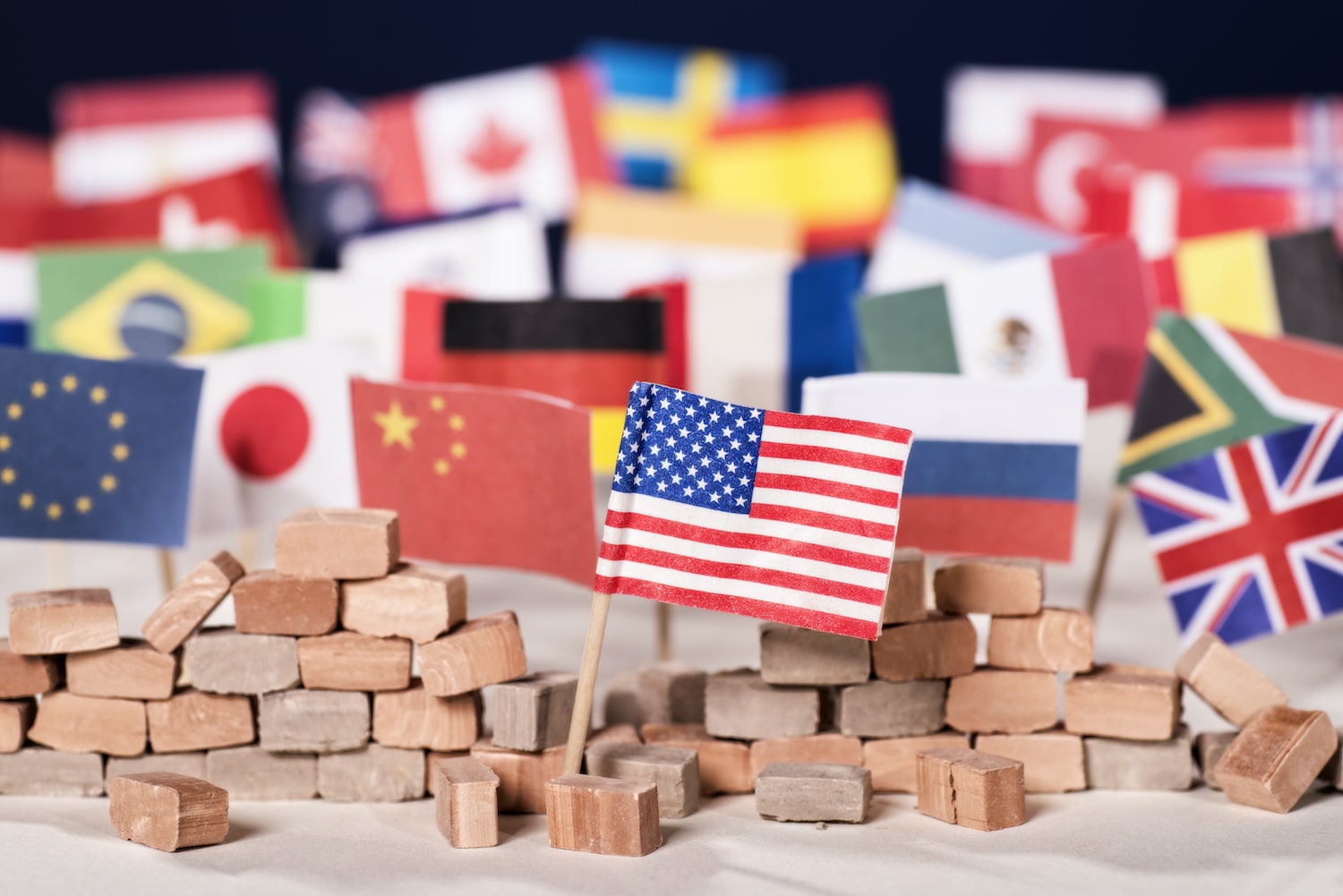
- Magnet sites are usually located at industrial parks or ports and are open to multiple zone operators. When a company desires to join the existing FTZ, it can go through a streamlined designation process with the assistance of the local branch of U.S. Customs and Border Protection.
- Usage-driven sites are typically approved for a specific company or use and allow companies to operate under FTZ status while remaining physically located outside of the general-purpose zone within 60 miles of the port of entry.
Transferring Merchandise from Foreign-Trade Zones for U.S. Consumption
Merchandise being transferred from an FTZ into the U.S. for consumption is assigned to one of several categories that determine how it is classified and appraised:
Importers may apply for this status prior to any manipulation or manufacturing of merchandise that would alter its tariff classification; when the merchandise is moved out of the FTZ for consumption (either in its original state or after being manipulated or manufactured), it is assessed for taxes and duties according to its classification when the privileged foreign status application was filed.
Merchandise transferred into a zone for storage or to meet legal requirements for exportation or destruction cannot be returned to Customs and Border Protection territory for consumption unless the FTZ Board determined that its return is in the public interest; as with privileged foreign status, the zone user must apply for zone restricted status at the beginning of the process.
A Port Director may grant this status to merchandise that is grown, produced or manufactured in the U.S. and for which all applicable taxes have been paid; previously-imported goods on which all taxes have been paid; or merchandise that has already been admitted to a Zone without duties.
Merchandise that does not fall into one of the above three categories is appraised and classified based on its condition when it is transferred into CBP territory for consumption or bonded warehousing.
Frequently Asked Questions About Foreign-Trade Zones
Where can a Foreign-Trade Zone be located?
Foreign-Trade Zone sites are generally required to be located within or adjacent to a U.S. Customs and Border Protection port of entry. Zones may be located within port of entry borders, within 60 statute miles of the port of entry’s outer limits or within a 90-minute drive from the outer limits of a CBP port of entry. Subzones or usage-driven sites may be considered “adjacent” even if they are located beyond the 60-mile/90-minute drive benchmark as long as the CPB Port Director verifies that adequate oversight measures have been established for the site.
What kind of merchandise can be placed in a Foreign-Trade Zone?
Generally speaking, any merchandise that can legally be brought into U.S. territory may be admitted into an FTZ, although specific government agencies may require companies to obtain import licenses or permits before bringing the merchandise into the Zone.
Some products that are subject to an internal revenue tax are prohibited from being manufactured within an FTZ, including alcoholic beverages, perfumes containing alcohol, firearms, sugar, tobacco products and clock and watch movements.
What are the primary types of merchandise received by Foreign-Trade Zones?
According to the Foreign-Trade Zones Board’s 2019 Annual Report, warehouse and distribution operators in Foreign-Trade Zones most commonly received consumer electronics, vehicles, consumer products, electrical machinery, pharmaceuticals and textiles. Production operators most commonly received oil and petroleum, pharmaceuticals, vehicle parts, consumer electronics and machinery.
Who is on the Foreign-Trade Zones Board?
The Foreign-Trade Zones Board is led by the Secretary of Commerce, who serves as its chair, and the Secretary of the Treasury. The Commissioner of U.S. Customs and Border Protection is also entitled to participate in votes related to customs security, control, and resource matters. However, in its day-to-day operations, the FTZ Board delegates its authority to a Committee of Alternates, which includes the Assistant Secretary of Commerce for Enforcement and Compliance and the Deputy Assistant Secretary of the Treasury for Tax, Trade and Tariff Policy.

Interested in getting more information about Crowley’s FTZ, customs clearance processes, or supply chain solutions, feel free to get in touch with us!